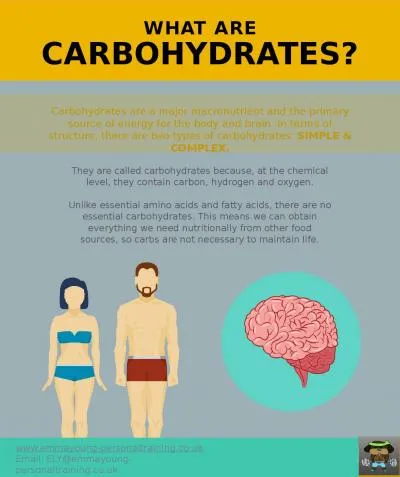PPT-Carbohydrates IUG, Fall
Author : Shadowlord | Published Date : 2022-08-03
2018 Dr Tarek Zaida 1 Carbohydrates Most abundant class of biological molecules on Earth Originally produced through CO 2 fixation during photosynthesis 2 Roles
Presentation Embed Code
Download Presentation
Download Presentation The PPT/PDF document "Carbohydrates IUG, Fall" is the property of its rightful owner. Permission is granted to download and print the materials on this website for personal, non-commercial use only, and to display it on your personal computer provided you do not modify the materials and that you retain all copyright notices contained in the materials. By downloading content from our website, you accept the terms of this agreement.
Carbohydrates IUG, Fall: Transcript
Download Rules Of Document
"Carbohydrates IUG, Fall"The content belongs to its owner. You may download and print it for personal use, without modification, and keep all copyright notices. By downloading, you agree to these terms.
Related Documents

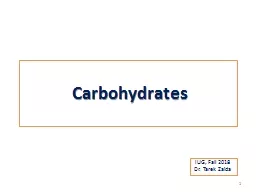
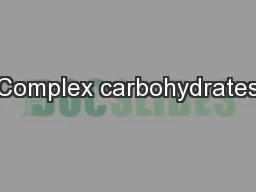
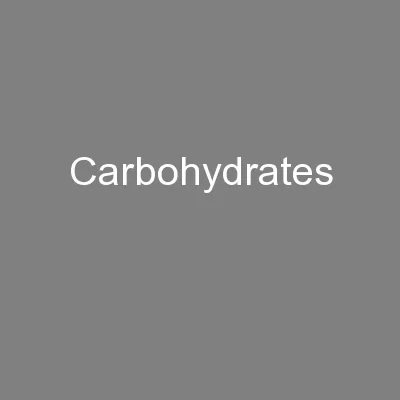

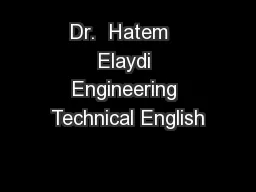
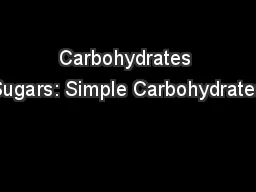
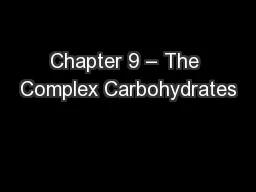
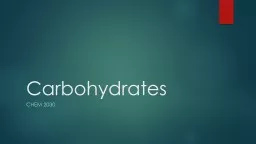
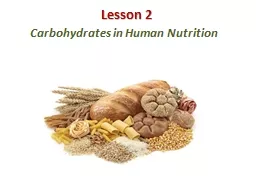

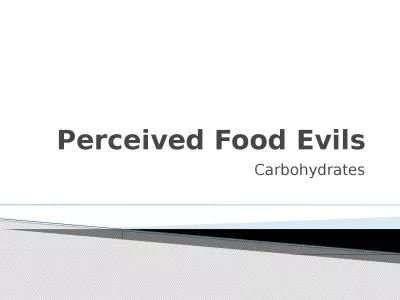
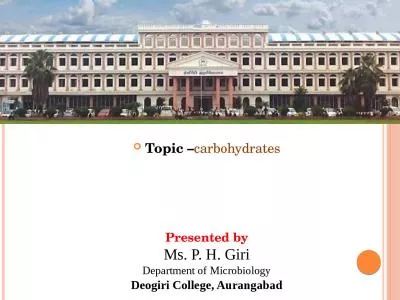
![CARBOHYDRATES 2_[B(1_4) lactose] Glucose +Glucose] 3_[@(1_2)Sucrose ] [Glucose Fructose]](https://thumbs.docslides.com/1044895/carbohydrates-2-b-1-4-lactose-glucose-glucose-3-1-2-sucrose-glucose-fructose-disacch.jpg)
